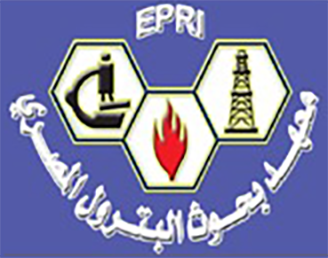Article Type
Research Paper
Abstract
This study introduces an integrated approach to fracture characterization in carbonate reservoirs, utilizing well log data analysis and detailed outcrop observations to address the challenges posed by geological heterogeneity. Focused on Kometan Formation in Kurdistan Region of Iraq, the research aims on identifying and quantifying secondary porosity and fracture systems that significantly influence reservoir performance. The methodology integrates conventional well log tools, including density, neutron, and sonic porosity logs, along with caliper, gamma-ray, and uranium concentration logs, to detect and delineate fracture zones. These subsurface techniques were complemented by outcrop fracture analysis, which involved detailed imaging and quantification using digital tools to measure fracture intensities and distributions. The Secondary Porosity Index (SPI) was calculated to distinguish primary from secondary porosity, providing a comprehensive assessment of the reservoir's porosity characteristics. Key findings indicate that the SPI ranges from 0% to 36%, with an average of 4.3%, underscoring the significant contribution of fractures to porosity enhancement. Specific fracture zones were identified at depths of 1900-1910 m, 1925-1945 m, and 1950-1970 m, based on spikes in caliper readings, elevated uranium concentrations, and porosity anomalies. Outcrop data analysis revealed fracture intensities ranging from 3.8% to 24%, with an average of 9.9%. The most frequent values are between 7.5% and 10.5%, offering valuable analogues to subsurface findings. This approach bridges subsurface and surface analogues, providing a robust, cost-effective framework for evaluating fracture networks in carbonate reservoirs.
Keywords
Kometan Formation, Fracture characterization, Secondary porosity, Well logging, Kurdistan Region
Recommended Citation
Hussein, Hussein S.
(2025)
"Outcrop-to-Subsurface Approaches for Fracture Characterization in Carbonate Reservoirs, Kurdistan Region, Iraq,"
Egyptian Journal of Petroleum: Vol. 34
:
Iss.
1
, Article 5.
Available at: https://doi.org/10.62593/2090-2468.1065
Creative Commons License

This work is licensed under a Creative Commons Attribution-NonCommercial-No Derivative Works 4.0 International License.







